Tag archives: climate change
Photography prize, Tesla collision course, climate-change cross stitch
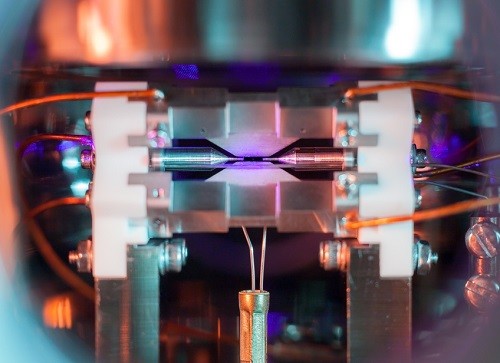
Pale blue dot: image of a strontium atom in an ion trap bags national photography prize (courtesy: David Nadlinger – University of Oxford)
By Michael Banks
An image of a single positively-charged strontium atom that is held in an ion trap by electric fields has won a national science photography competition organised by the UK’s Engineering and Physical Sciences Research Council.
Taken by PhD student David Nadlinger from the University of Oxford, the image shows the light emitted from the atom when it absorbs laser light tuned to a specific frequency. The picture was taken through a window of the ultra-high vacuum chamber that houses the ion trap.
“The idea of being able to see a single atom with the naked eye had struck me as a wonderfully direct and visceral bridge between the minuscule quantum world and our macroscopic reality,” says Nadlinger. “When I set off to the lab with camera and tripods one quiet Sunday afternoon, I was rewarded with this particular picture of a small, pale blue dot.”
Moving onto space, the successful launch of SpaceX‘s Falcon Heavy rocket last week resulted in a Tesla Roadster (formally owned by SpaceX boss Elon Musk) in orbit around the Sun. Used only as a test mass, the car featured a spacesuit-clad mannequin called “Starman” in the driver’s seat.
Science supporters protest in Boston
By Matin Durrani in Boston, US
Hundreds of scientists and science supporters gathered in Copley Square in Boston earlier today in a rally to underline the importance of science. The “Stand up for Science” event was organized to coincide with the annual meeting of the American Association for the Advancement of Science, which is taking place a few blocks away.
To find out more about the aims and purpose of the rally, I hooked up with Geoffrey Supran (picutred below), who helped to organize the event. Having originally studied physics at the University of Cambridgein the UK, Supran obtained a PhD in materials science at the Massachussetts Institute of Technology and is now doing a postdoc in the history of science with Naomi Oreskes at nearby Harvard University.
AAAS chief predicts “tough and uncertain times” for US science funding
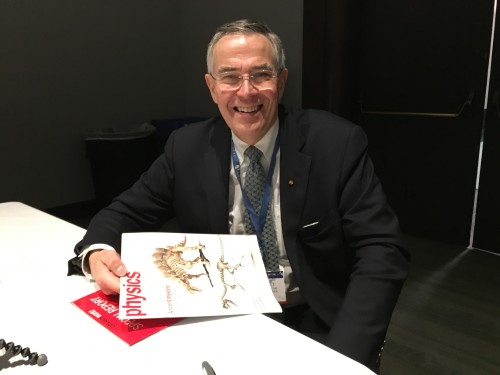
Not for me – president of the American Association for the Advancement of Science Rush Holt says there’s “no chance” of him becoming Donald Trump’s science adviser but admits it would be hard to turn down if offered.
By Matin Durrani in Boston, US
Rush Holt is that rarity: a physicist who’s also been a politician, having spent 16 years as Democratic Congressman for New Jersey’s 12th congressional district from 1999 to 2015. Those two attributes make him well placed in his current role as president of the American Association for the Advancement of Science (AAAS), which is holding its annual meeting here in Boston.
So when I sat down with Holt yesterday, our conversation naturally focused on the impact on science of Donald Trump’s election as US president. The bouffant-haired, former businessman and reality-TV star may have so far said little about the subject, but Holt believes that “tough and uncertain times” lie ahead for scientific funding. “I think we will be on a very austere budget for all non-defence discretionary activity,” he warns.
View all posts by this author | View this author's profile
3D neutrinos on your phone, Hamiltonian: an Irish Musical, is a March for Science a good idea?
By Hamish Johnston
How would you like to explore a giant neutrino detector in 3D from the comfort of your mobile phone? VENu is a new smartphone app that allows you explore the physics underlying the MicroBooNE neutrino detector at Fermilab. Developed by Alistair McLean of New Mexico State University and an international team of physicists, the app is used in conjunction with the Google Cardboard headset to provide users with a virtual-reality experience of MicroBooNE. VENu includes games that offer “brain teasing challenges” including working out how to spot a neutrino event in a busy background of cosmic-ray events. The app can be downloaded free of charge from the Apple Store and the Google Android Marketplace.
View all posts by this author | View this author's profile
Great wagers in physics, CERN’s pine marten gets stuffed, Doomsday Clock moves closer to midnight
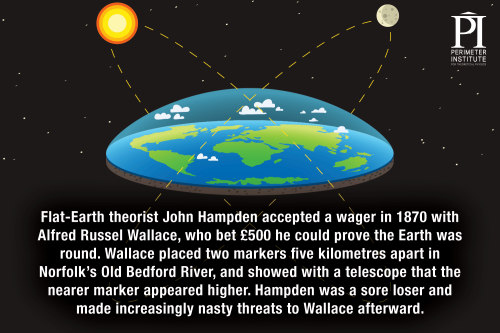
Flat out: Wallace saw him coming. (Courtesy: PI)
By Hamish Johnston
I bet you can’t resist clicking on “Great wagers in physics history” – which has been compiled by Colin Hunter at the Perimeter Institute for Theoretical Physics in Canada. A surprising number involve Stephen Hawking, whose record on winning is quite abysmal according to Hunter. Hawking’s fellow Cantabrigian Isaac Newton also enjoyed a flutter and accepted Christopher Wren’s offer of 40 shillings to anyone who could – in two months – derive a force law that explained Keplers laws of planetary motion. Newton succeeded, but ran overtime so he didn’t collect the cash. In the image above you can read about another wager involving a “flat-Earth theorist”.
View all posts by this author | View this author's profile
Marie Curie battles downloading robots, happy 50th birthday ILL, a dodgy portrayal of astronomers

Robots beware: Marie Curie makes an appearance. (Courtesy: APS)
By Sarah Tesh
Avid readers of the Physical Review series of journals will be used to clicking on a photograph of Albert Einstein before downloading papers. This is a security feature designed to stop robots from the mass downloading of papers. Now, the American Physical Society – which publishes the journals – has added a photograph of Marie Curie to the anti-robot system. The addition of a famous female physicist was the idea of Anna Watts, who is an astrophysicist at the University of Amsterdam. She has since Tweeted “This makes me incredibly happy.”
View all posts by this author | View this author's profile
American angst
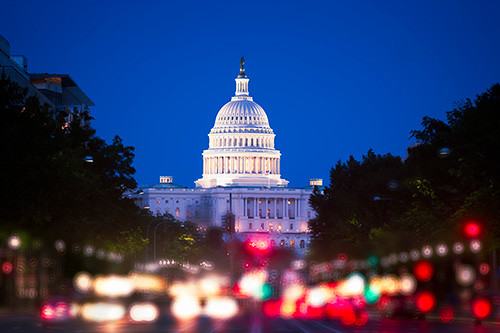
Danger ahead – Donald Trump’s election as US president will not be business as usual for science policy. (Courtesy: iStock/uschools)
By Matin Durrani
Like many people, I’m fearful of the imminent Donald Trump presidency, given the many sexist, racist and otherwise unpleasant remarks he made during the US election campaign. However, his slogan – “Make America great again” – proved powerfully effective for many voters. Who, after all, could disagree with renewed domestic glory? Sadly, Trump’s plans for achieving that goal – what little we know of them – are based on such ill-informed and ignorant views that he could damage America’s long-standing leadership in many areas, including science.
View all posts by this author | View this author's profile
Pokémon physics, photon torpedoes, a neutrino Ghostbuster and more
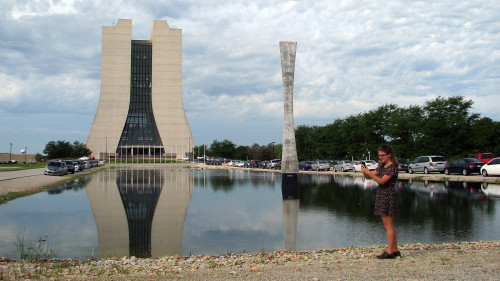
Don’t walk into the water! Pokémon Go arrives at Fermilab. (Courtesy: Lauren Biron/Fermilab)
By Michael Banks and Hamish Johnston
The smartphone app Pokémon GO has been all the rage since its recent launch. The augmented-reality game is based on the Nintendo franchise and features players exploring their surroundings while trying to catch as many of the virtual creatures as possible, According to Science, Pokémon have been spotted at a number of science centres including NASA’s Jet Propulsion Laboratory while Symmetry Magazine reports that the game has also infiltrated particle-physics labs such as Fermilab, with scientists seen walking around the lab peering into their phone as they hunt down Pokémon.
View all posts by this author | View this author's profile
Carlo Rubbia backs a Higgs factory and methane cracking
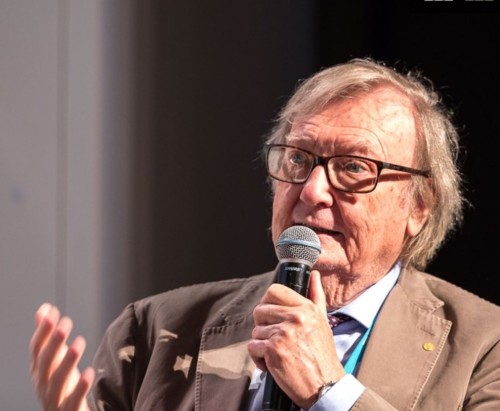
Good craic: Carlo Rubbia wants to have a crack at methane. (Courtesy: Lindau Meeting)
By Hamish Johnston at the Lindau Nobel Laureate Meeting in Germany
It’s my second day here at the 66th Lindau Nobel Laureate Meeting, and it has been a busy one so far.
I have just been chatting with Carlo Rubbia, who shared the 1984 Nobel Prize for Physics for the discovery of the W and Z particles.
Rubbia gave a fantastic talk yesterday about future sources of energy and he was eager to expand on this topic. In particular, he told me about a new technology he has been working on to produce energy from natural gas without releasing any carbon dioxide – a technique called “methane cracking“. While this sounds like a fantastic solution to climate change, at least in the short term, he admits there are lots of technical challenges to overcome.
Spiralling temperatures, physics legacies, the science of mac and cheese
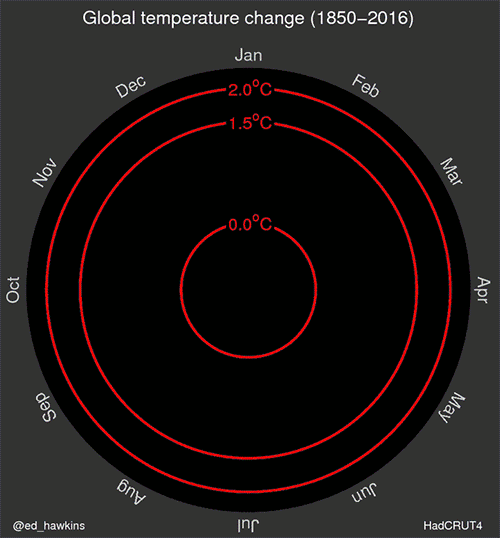
Ring of fire: spiralling global temperatures. Created by climate scientist Ed Hawkins of the University of Reading.
By Tushna Commissariat
As we face up to the realities of global warming and see the effects of climate change become apparent, it’s more important than ever that people the world over truly grasp its impact. With this in mind, University of Reading climate scientist Ed Hawkins has created the above animated spiral, which shows how the global temperature has changed over the past 166 years. Using data from the Met Office’s Hadley Centre observations datasets, Hawkins’ animation presents data in a a clear and artistic way. “The pace of change is immediately obvious, especially over the past few decades. The relationship between current global temperatures and the internationally discussed target limits are also clear without much complex interpretation needed,” says Hawkins, who is based at the university’s National Centre for Atmospheric Science. Take a look at his webpage to learn more about the project and for a list of specific weather events that are noticeable in the data.
View all posts by this author | View this author's profile
